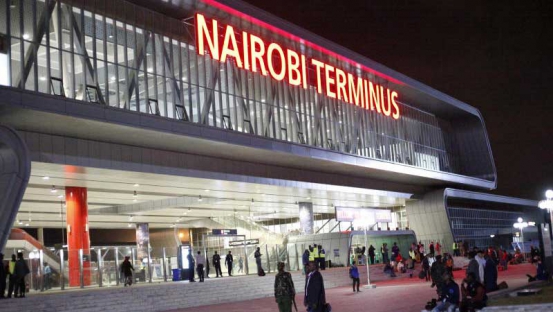×
The Standard e-Paper
Informed Minds Prefer The Standard

The joke doing the rounds after the launch of the multi-billion-shilling Standard Gauge Railway on June 1 was that the beach is now only four hours away from Syokimau, on the outskirts of Nairobi.
But to the economic and public policy experts who convened in Nairobi Saturday, the prediction was that tears will shortly follow once it is realised that there was no business case for the expensive loan -- issued in dollars from Chinese banks -- used to build the rail and which needs to be paid back beginning 2019.